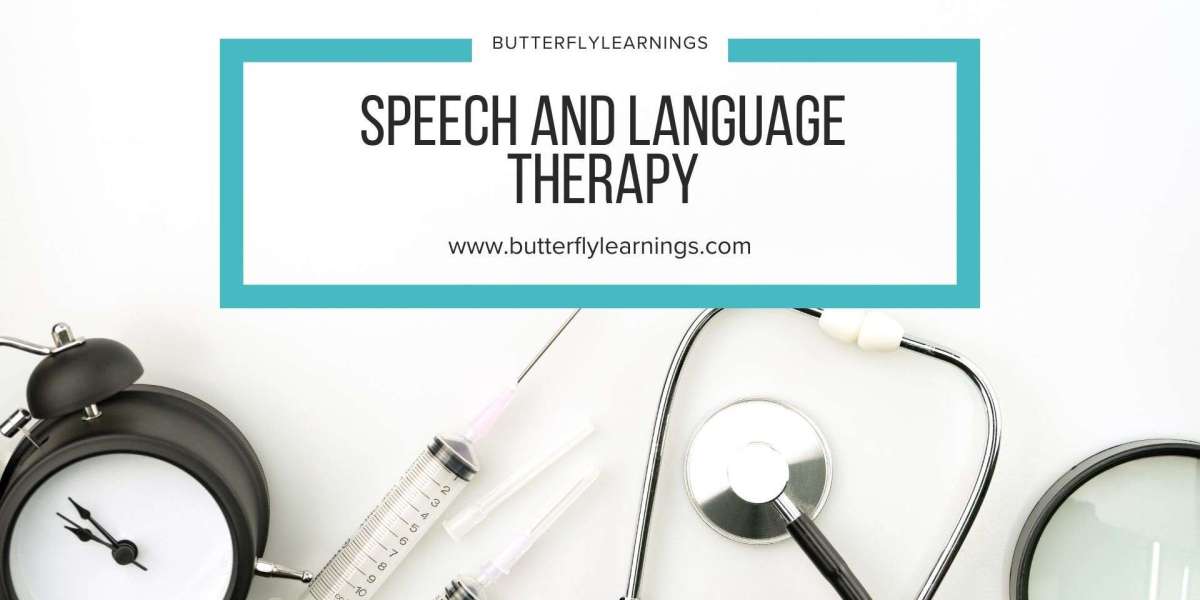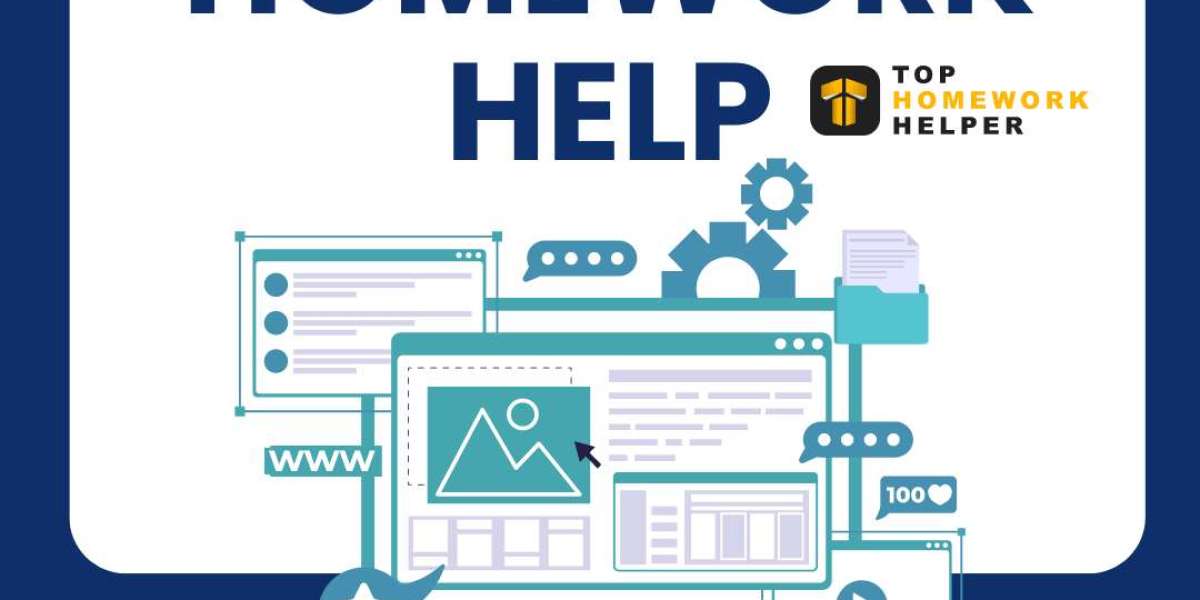When it comes to caring for children with autism spectrum disorder (ASD) in the field of pediatric medicine, a comprehensive strategy is necessary to meet their diverse needs. A crucial component of this strategy involves Speech and Language Therapy (SLT). SLT serves as a cornerstone in assisting children with autism to conquer communication challenges and cultivate fundamental language abilities.
What is Speech Language Therapy?
Speech and Language Therapy, commonly known as Speech Therapy, is a specialized area within healthcare dedicated to evaluating, diagnosing, and treating disorders related to communication and swallowing. This therapy employs a range of techniques designed to cater to the unique requirements of every child. Specifically for children with autism, Speech and Language Therapy addresses particular difficulties associated with language development, social communication, and speech clarity.
Assessing Communication Needs
At the beginning of therapy, we conduct a thorough assessment to understand the child's communication abilities and pinpoint areas needing improvement. This assessment includes standardized tests, informal observations, and input from parents and caregivers. By gaining a deep understanding of the child's strengths and challenges, we can create customized treatment plans tailored to their specific needs.
Targeted Intervention Strategies
After the assessment is finished, the therapist utilizes various intervention methods to target the child's communication objectives. These methods might encompass:
- Augmentative and Alternative Communication (AAC): For kids who find it challenging to speak verbally, techniques like using picture communication boards, sign language, or speech-generating devices can help them communicate better.
- Social Skills Training: Kids with autism often face difficulties in social situations and understanding non-verbal cues. Social skills training is aimed at enhancing their ability to start and maintain conversations, interpret facial expressions, and navigate social scenarios more effectively.
- Articulation Therapy: When children struggle with speech clarity and pronunciation, articulation therapy steps in to refine their speech sounds, making them easier to understand overall.
- Language Enrichment Activities: Therapists employ engaging activities and games to expand a child's vocabulary, improve their grasp of grammar, and help them express thoughts and ideas more clearly.
- Functional Communication Training: This method prioritizes teaching practical communication skills, enabling children to express their basic needs, make requests, and interact meaningfully in their daily lives.
How Speech Language Therapy Works for Children with Autism
Individualized Treatment Plans
One of the key aspects of Speech and Language Therapy for children with autism is its personalized approach. Speech and Language Therapists understand that each child is unique, so they create treatment plans tailored to address the child's specific strengths, challenges, and communication goals. Whether the focus is on improving verbal communication, enhancing social skills, or addressing feeding issues, therapy is adjusted to suit the individual needs of the child.
Collaborative Approach
Successful Speech and Language Therapy for children with autism often involves teamwork among various stakeholders, including speech-language pathologists, parents, teachers, and other healthcare professionals. By collaborating, these individuals can ensure that intervention strategies remain consistent, skills are reinforced in different environments, and ongoing support is provided to both the child and their family.
Incorporating Evidence-Based Practices
In delivering Speech and Language Therapy for children with autism, therapists rely on evidence-based practices that have been validated by research and clinical experience. These practices are rigorously evaluated to ensure they effectively enhance communication outcomes for children with ASD. By staying informed about the latest research and best practices, therapists can offer interventions that produce meaningful results.
Holistic Approach to Development
Furthermore, Speech and Language Therapy for children with autism takes a holistic approach that considers the child's overall development and well-being. Therapists may work alongside other professionals, such as occupational therapists and behavioral therapists, to address additional areas of need such as sensory processing, motor skills, and behavior management.
Benefits of Speech and Language Therapy
Improved Communication Skills
Speech and language therapy gives people the tools and techniques they need to communicate well in different situations. Whether it's expressing thoughts and ideas, chatting with others, or taking part in school or work, clients find they can communicate more confidently and clearly.
Enhanced Academic Performance
For kids with speech and language issues, therapy can really help them do better in school. By working on language problems, students can understand instructions better, express themselves clearly in writing, and take part more in class discussions, which helps them succeed academically.
Boosted Confidence and Self-Esteem
Learning communication skills through therapy helps people handle social situations better. When they see they can express themselves well, their confidence grows, and they feel better about themselves, which leads to more personal and professional success.
Strengthened Relationships
Good communication is key to strong relationships. When people overcome communication problems, they can connect more deeply with family, friends, coworkers, and peers, which leads to relationships built on understanding and respect.
Enhanced Quality of Life
In the end, speech and language therapy doesn't just improve communication skills. By tackling communication issues and helping people communicate well, therapy makes life better overall, promoting independence, fitting in socially, and overall happiness.
Conclusion
In conclusion, Speech and Language Therapy plays a crucial role in supporting the communication and language development of children with autism spectrum disorder. Through personalized treatment plans, evidence-based practices, and collaborative efforts, therapists empower children with autism to unlock their communication potential and thrive in social and academic settings.









